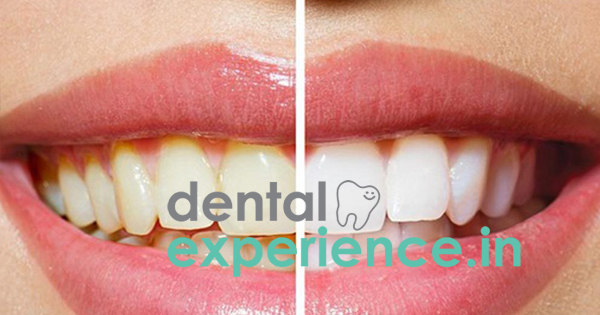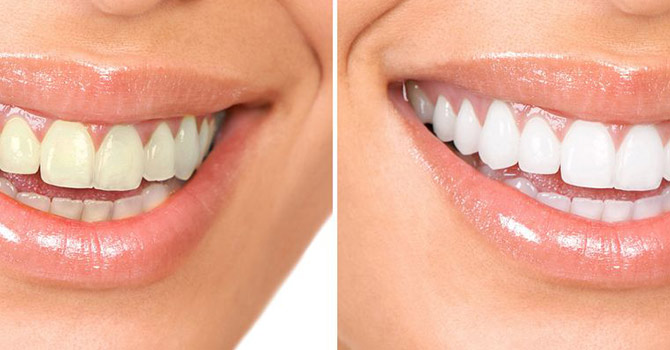You may have had a dental crown fitted in the past but what you may not know is whatever material they are made fr ..
Direct composite resin restoration
Introduction | Purpose | Ideal Patients | Types | Treatment Steps | Benefits | Advantages | Durability | Treatment Time | Cost | Risk & Complications | Disadvantages | Alternatives | Aftercare |
Fast facts


700
Treatment Longevity :
5 years
Treatment Duration : one day
Direct composite resin restorations: a review of some clinical procedures to achieve predictable results in posterior teeth

